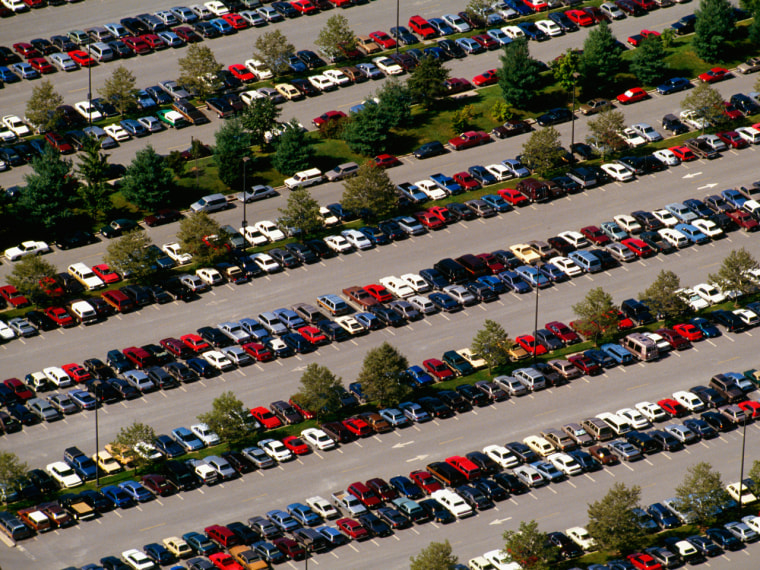Men and women rely on different strategies to find their car in a crowded parking lot, like the ones many will be navigating this season at enormous shopping malls. A Dutch study has found that men tended to use more mileage terms when describing the route to their parked car while women were more likely to mention visible landmarks.
In fact, 38 percent of women referred to landmarks when describing where they parked compared to 15 percent of men. But 24 percent of men used distance terms to get their bearings, while less than 1 percent of women did so. Guys were also better at estimating the distance to their parked car.
"Men and women have slight but systematic preferences for different sorts of information in order to find things," says study author Albert Postma, PhD, a professor of neuropsychology at Utrecht University in the Netherlands. This is partly a hardwired biological difference as well as a difference in learning experiences, he explains.
Postma points out that a man's brain is better tuned to precise distance information while a woman may focus more on the relationship between objects and landmarks, such as its closeness or proximity to other things.
The study, published in the journal Applied Cognitive Psychology, attempted to shed light on gender differences in the use of spatial memory in everyday life. Spatial memory helps us to remember where we put things -- whether it's your car, keys, eyeglasses, or cell phone -- and also how to get from one place to another.
Although Postma says that men are slightly better than women on a variety of spatial memory tasks, the differences between men and women are relatively small.
For the study, researchers interviewed 115 shoppers (59 men, 56 women) aged 19 to 85 as they were leaving stores at a shopping mall. They tested spatial memory by asking drivers to describe where their car was in the parking lot which had 431 spaces.
Shoppers were also asked to mark the car's location on a map and to estimate its distance from the store exit. Experimenters also tagged along as drivers returned to their vehicles to see how accurate those directions were.
Most people found their way back to their cars -- using the shortest and most direct route possible -- without any difficulty. But about 14 percent of the participants veered off course, and most of those who got a little lost were women.
Although ladies had a slightly poorer sense of direction in this experiment, they're not the only ones whose mental compass is off from time to time. About 50 percent of study participants reported they've had some or frequent problems finding their parked cars within the last year.
Most men and women said they used at least two different methods to remember where they parked. The most popular strategy was noticing landmarks (80 percent). Other frequently used techniques included parking close to the mall entrance (62 percent), retracing their original walking path through the lot (56 percent), using mental imagery (35 percent) or parking in a favorite spot (19 percent).
Only 4 percent of participants mentioned using electronic devices, such as a GPS system or mobile phone app, as a navigation tool.
So, what's the trick to finding your car in a crowded parking lot? Postma recommends paying attention when you park and using multiple strategies, such as the distance and orientation to several landmarks, to remember where you put it.
More from The Body Odd:
